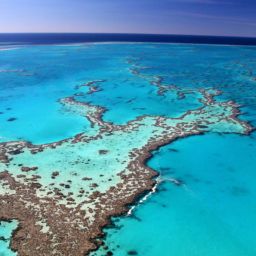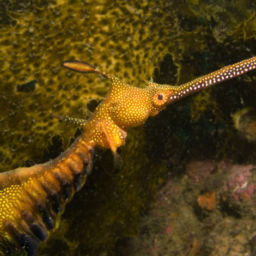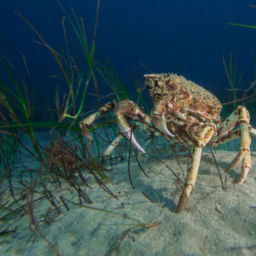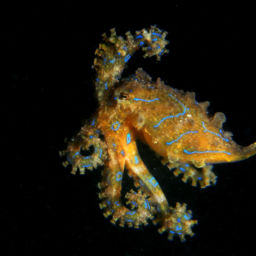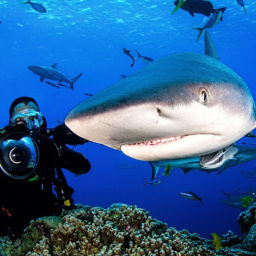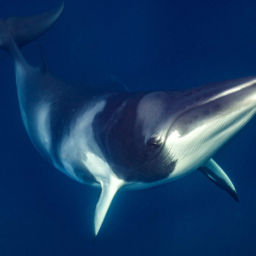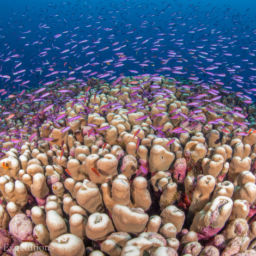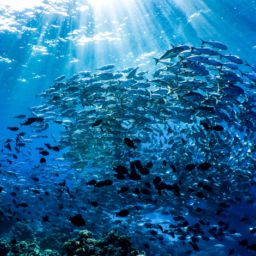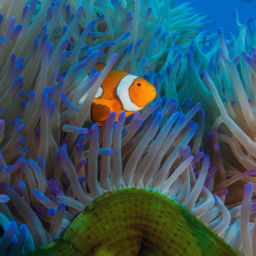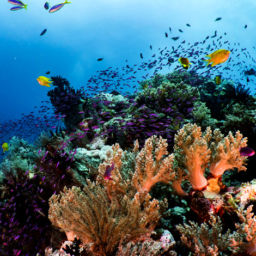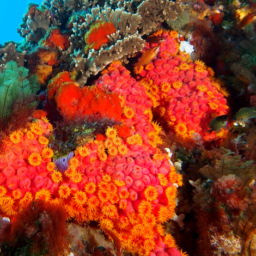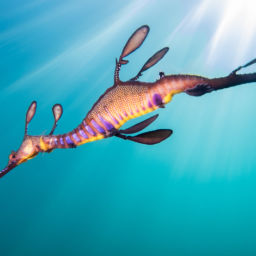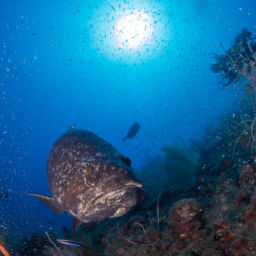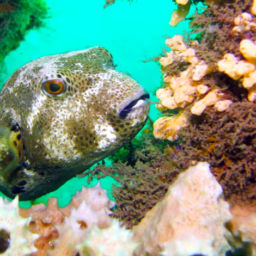For a temperate diving destination, Melbourne has some of Australia’s most enthusiastic divers. Many Melbourne divers choose shore diving over boat diving, as these southern shores have some of the best diving in Australia, especially diving Melbourne’s piers.
There are dozens of piers scattered around the shore of the Port Phillip Bay, which means plenty of dive sites to choose from. But you’ll find some of the best pier dives on the Mornington Peninsula, about an hour and a half drive from Melbourne proper.
Mornington Pier
The closest pier to Melbourne is Mornington Pier. Although it can be an average day dive, it comes alive at night when the cephalopods emerge. Depths under this pier get no deeper than 20 feet (7 m), allowing for a long bottom times to admire all the critters.
Divers typically encounter big-belly seahorses, shrimp, globefish, goatfish, cardinalfish, scorpionfish and dragonets. Also expect to see countless sea stars, which are a feature of Melbourne diving, especially huge 11-arm sea stars.
A special highlight of Mornington Pier, and all Melbourne piers, are the resident cephalopods. Many people head to muck sites in Southeast Asia to see cephalopods when, in fact, the world’s largest variety of octopus, squid and cuttlefish live in Australia’s southern waters, and most are found nowhere else in the world. At night, divers commonly see giant cuttlefish, southern calamari squid, southern keeled octopus and highly venomous southern blue-ringed octopus. But divers might also see giant Maori octopus, southern sand octopus, southern dumpling squid and strange southern white-spot octopus.
Rye Pier
Heading south, the next worthwhile stop is Rye Pier. The clean, sandy bottom around Rye Pier is often a good place to see small stingarees, huge smooth stingrays and angel sharks. With a maximum depth of 15 feet (5 m), Rye Pier is also a good location to see big-belly seahorses, the largest seahorse species in Australia.
Abundant fish reside under the pier, including flatheads, leatherjackets, morwongs and wrasse, which in turn attracts the attention of hungry shags. It is quite a sight watching these sea birds swimming underwater between the pylons looking for a meal. Fur seals and the occasional dolphin also visit Rye Pier.
Portsea Pier
The most distant pier from Melbourne is at Portsea and its star attraction is the weedy seadragon. A nearby kelp-covered reef is the best place to look for the dragons, but they are also common under the pier. Going no deeper than 18 feet (6 m) divers will encounter magpie morwong, stingrays, leatherjackets, sea stars, crabs, hermit crabs, nudibranchs, brittle stars and pretty weedfish. Portsea Pier is also the best place to see one of Australia’s most bizarre fish, the goblinfish.
Blairgowrie Pier
Halfway between Portsea and Rye is Melbourne’s newest pier and hottest dive site — Blairgowrie Pier. This pier is a favorite of underwater photographers as it plays host to a wonderful range of marine life. The pylons of this pier are completely covered in colorful sponges, ascidians, algae and kelp, and home to shrimp, crabs, sea stars, tube worms, scallops and a large variety of nudibranchs.
Exploring the pier, divers will find big-belly seahorses, short-head seahorses, octopus, spider crabs, stingarees, cuttlefish, pipefish, dragonets, southern fiddler rays, smooth stingrays, flatheads and numerous reef fish. A photographers’ favorite is the cute Shaw’s cowfish that have their lips permanently puckered like they are looking for a kiss. The pier is also a great night dive, and under torch light divers will see numerous squid and octopus, and sometimes stargazers and skates.
One of the attractions at Blairgowrie Pier is a weird endemic fish, the tasseled frogfish. Only in southern Australia, a number of tasseled frogfish reside on the pylons at Blairgowrie, but with their elaborate camouflage they are very difficult to find.
Of course, Rye Pier and Blairgowrie Pier have also attracted attention recently as the best places to witness the annual giant spider crab migration. Every year from late May through mid-June one of the world’s most interesting congregations of marine life happens as these large crustaceans come together in the shallow waters off of the piers and beaches of Port Phillip.
Visiting Melbourne’s piers
You can dive Melbourne’s piers year-round. However, summer and autumn are generally the best times to visit, as the warmer water sees an influx of marine life. Water temperatures in Port Phillip Bay vary from a chilly 46 F to 68 F (8 to 20 C), while the visibility averages 18 feet (6 m) to 30 feet (10 m) but can be over 45 feet (15 m) at times.







